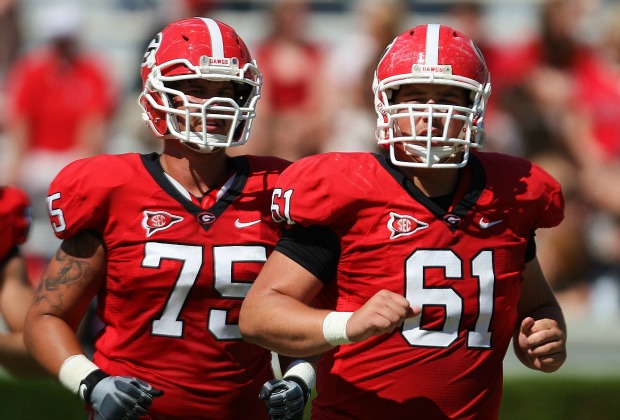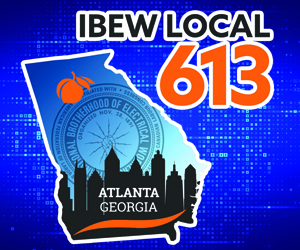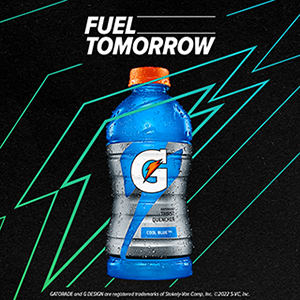
A popular question at the University of Georgia’s football media day was the status of offensive tackle Kolton Houston. The lineman sat out all of last season due to being declared ineligible by the NCAA and was expected to be a contributor this season. However, the school did not release any statements on why Houston was suspended and when they expected him to return.
In an early afternoon press conference, Georgia head coach Mark Richt finally broke the silence on Houston’s situation.
While a high school athlete, Houston underwent a procedure on his shoulder to correct an injury sustained during the football season. During his rehab, he received an injection of a substance deemed by the NCAA as a performance enhancing steroid. The substance, Norandolone, is an anabolic steroid that accelerates muscle growth. Though Kolton unknowingly received the steroid, the NCAA banned him from playing for one year as a result of violating their drug testing policy. The staff at Georgia expected the issue to end after the one-year suspension was over with but it has continued to linger.
“Over time you assume that this substance would leave your body to the point where the NCAA says you can go back and play”, said Richt at his press conference. “We’ve been waiting for that moment and it hasn’t come. It’s been two-and-a-half years and this thing has not gotten out of there.”
In a letter to the NCAA acquired by Score Atlanta, Georgia trainer Ron Courson describes that Houston tested positive for Norandolone at a level of 260 ng/ml, but a year later, tested positive for the substance at a level of 26 ng/ml. The test showed that Houston’s level of the steroid had decreased over time but the substance still existed within his body. Therefore, he remained ineligible.
“We were advised that a plausible rationale for the plateau and delay in the does level dropping could be loculation, where a bolus of the medication becomes trapped in the gluteal musculature (where injected) and slowly decays” wrote Courson. “Because of the concern that our student athletes persistant elevation was a result of a loculated medication site, the recommendation was made to administer ultrasound and vigorous sports massage to the injection site.”
The lineman received 60 massage sessions, each lasting 25 minutes, in order to lessen the amount of steroid in his body. Houston took another test that showed a smaller level of Norandolone in his bloodstream but not under the NCAA threshold. This spurred UGA to ask for another test to be taken by the National Center for Drug Free Sport. To the school’s dismay, the test revealed a higher level of the substance than the previous test.
After extensive research, that involved different testing agencies as well as the UGA Statistics Department, Courson concluded that variability in these tests is natural. In a mid-afternoon press conference, Courson described that the variability is due to different testing factors and reagents used by the testing agencies. Another result of the research was learning that the substance can linger in the body for anywhere from 18 to 24 months. This information was sent to the NCAA to show that the lineman had not re-used the substance.
In a letter to Georgia Athletic Director Greg McGarity, Courson wrote, “The testing clearly demonstrates that there has been no re-use over the past two and a half years. This fact has been recognized by the NCAA drug testing committee and upheld on two separate appeal cases.”
The Georgia staff has pleaded with the NCAA to allow Kolton Houston to compete on the basis that he has not re-used, but have had their proposals rejected by the NCAA. The NCAA has made exceptions in the past, so there is precedent. The team’s next hope is to have a face-to-face conference to discuss the situation and if not, they will wait for the substance to leave Houston’s body. Until then, Watts Dantzler will start at right tackle and be backed up by freshman Nathan Theus.
“We have not lost hope,” said Mark Richt when asked about Houston’s chances of playing this year.






















































